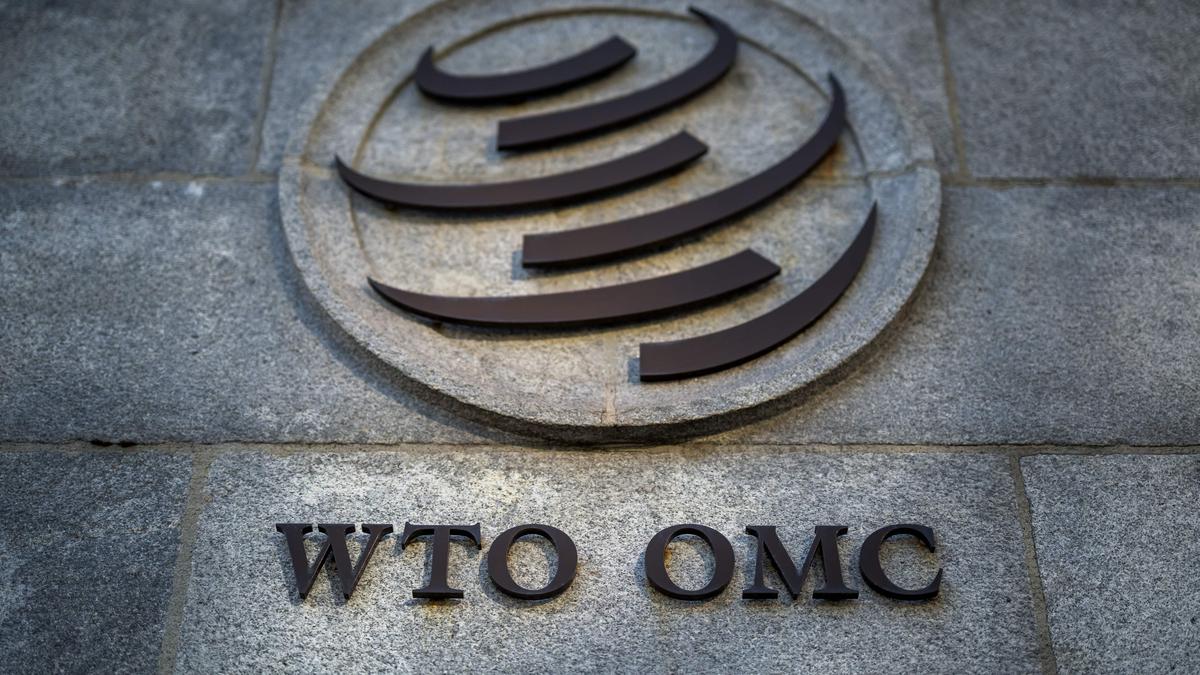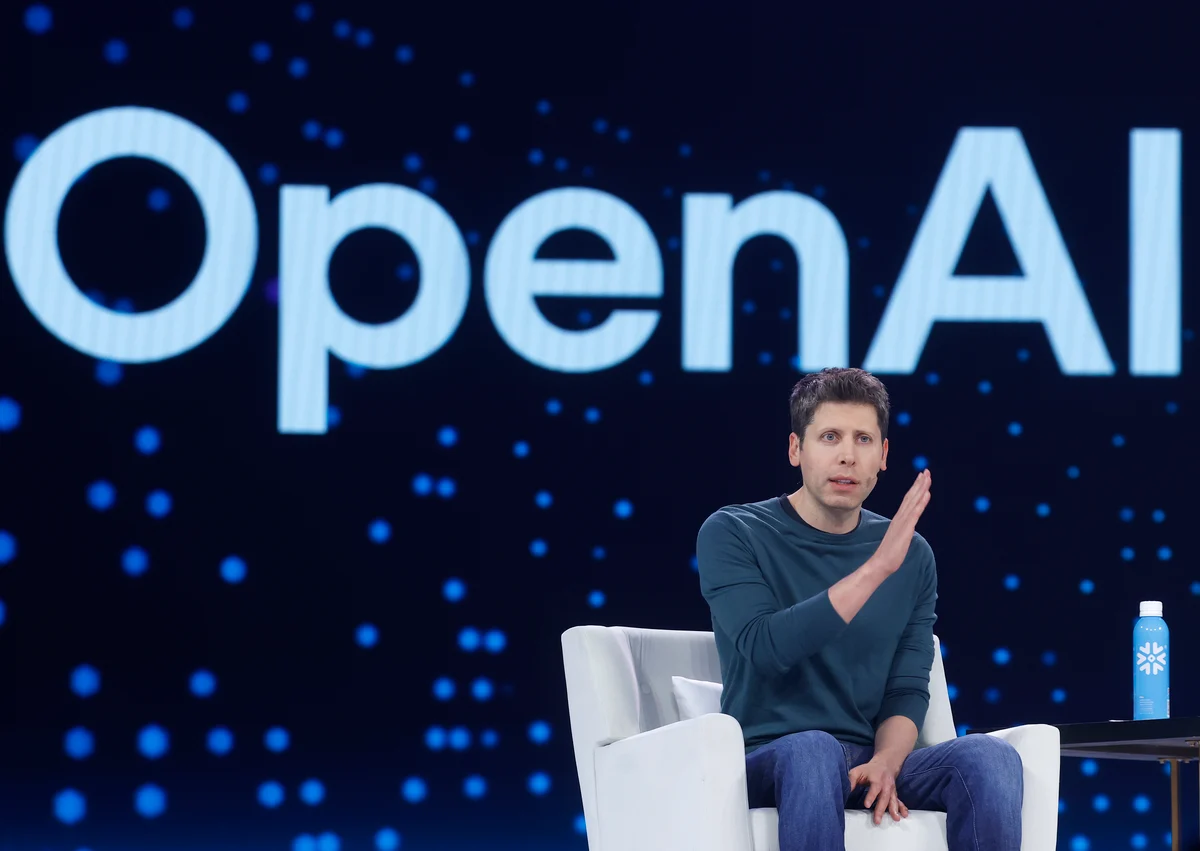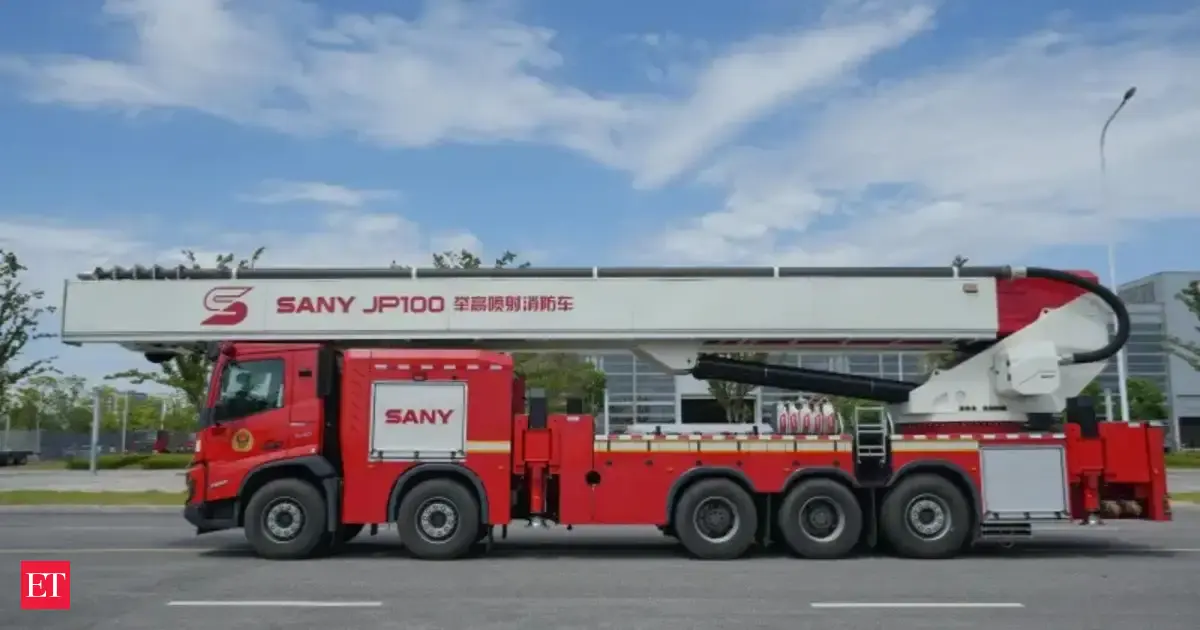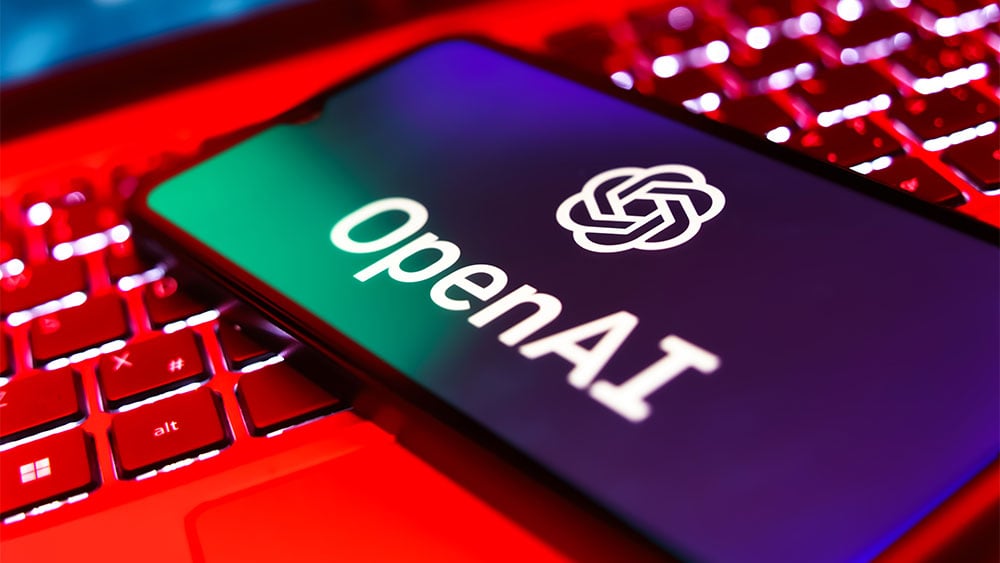Copyright thehindu

The story so far: China has filed a complaint with the World Trade Organization (WTO) against India. It alleges that India is providing subsidies, as part of the Production-Linked Incentive (PLI) scheme, for the development of advanced chemistry cell (ACC) batteries; for boosting the auto sector; and for facilitating the production of Electric Vehicles, in contravention of WTO law. What is the PLI scheme? India launched the PLI scheme in 2020 to give a fillip to Indian manufacturing. This scheme provides financial incentives based on incremental sales to strategic industries; aims to bolster India’s position in global value chains; and integrates medium and small-scale industries into the industrial production process through backward linkages. The three specific PLI schemes that China has challenged are — the PLI scheme which aims to incentivise the establishment of giga-scale manufacturing capabilities of ACC batteries in India; the scheme for the auto industry, which seeks to buttress the manufacturing of Advanced Automotive Technology (AAT) products in India, encompassing both vehicles and their components; and third, a scheme to promote EV manufacturing by attracting global EV manufacturers to the country. What is China’s complaint? China alleges that the three PLI schemes provide financial benefits or subsidies to companies operating in India contingent on Domestic Value Addition (DVA). For instance, under the PLI scheme for the auto sector, one of the conditions for eligibility to get financial benefits is that there must be a 50% DVA. Likewise, one of the salient features of the PLI scheme for ACC batteries is that the beneficiary must ensure a DVA of 25%. The Chinese argue that the DVA requirements under these PLI schemes incentivise companies to use domestic goods rather than imported goods, discriminating against Chinese goods in the Indian market. What is the law on subsidies in WTO? While providing industrial subsidies to boost domestic industry is a sovereign right of states, WTO law ensures that these subsidies are not provided in a manner that jeopardises the international trade of other countries by ushering in unfair competition. Unfair competition may arise from subsidies that confer an artificial advantage on industries for exporting or competing with imported products. Consequently, the grant of industrial subsidies is regulated by the Subsidies and Countervailing Measures (SCM) agreement of the WTO. Article 1 of the SCM agreement defines a subsidy as a financial contribution by a government or a public body that confers a benefit. The subsidy should also be specific. The SCM agreement divides subsidies into three categories — prohibited subsidies, actionable subsidies, and non-actionable subsidies. Prohibited subsidies are forbidden by definition and are generally of two types: export subsidies and Import Substitution (IS) subsidies. Export subsidies are contingent on export performance, and IS subsidies, as defined in Article 3.1(b) of the SCM agreement, refer to subsidies contingent upon the use of domestic goods over imported goods. Thus, if a country promises a financial contribution to a specific industry on the condition that it use domestic goods or goods produced locally, rather than imported goods, it would constitute a prohibited subsidy. Do IS subsidies violate other laws? An IS subsidy will also breach two other WTO legal provisions. First is the national treatment obligation, codified in Article III.4 of the General Agreement on Tariffs and Trade (GATT), which obligates countries to ensure that their domestic laws do not treat imported products less favourably than their domestic products; and second, is Article 2.1 of the Trade Related Investment Measures (TRIMs) Agreement which states that no country shall impose any TRIM that is inconsistent with its national treatment obligations enshrined in GATT’s Article III. The TRIMs agreement contains a specific illustration of a prohibited trade-related investment measure. This illustration pertains to local content requirements which incentivise the use of domestically produced goods. Since an IS subsidy gives preference to domestic over foreign goods, it constitutes as a proscribed TRIM under the WTO law. China alleges that India’s three PLI schemes are IS subsidies. However, it is critical to note that the DVA milestones in India’s PLI scheme do not automatically translate to local content requirements. Value addition at the domestic level can occur in multiple ways, and not just through the use of domestic goods. The analysis of the DVA component in these three PLI schemes must thus consider a complex set of facts. What happens next? The first step in resolving a dispute at the WTO is through consultations. Thus, India and China will try to resolve this matter amicably. If this does not occur, the dispute will proceed to adjudication by a three-member ad hoc WTO panel. The WTO’s appellate mechanism, the Appellate Body, has remained incapacitated since December 2019. Thus, if the WTO panel’s decision is appealed, it would mean postponing the adjudication of the dispute till the time the Appellate Body is resurrected. The practical implication is that the status quo remains, and a country can continue with its impugned measures. Prabhash Ranjan is Professor and Vice Dean (Research), Jindal Global Law School. Views are personal.



